In the world of culinary adventures, not everything is as it seems. The food industry is rife with ingredients that aren’t quite what you’d expect. From fake fish to counterfeit condiments, many foods are cleverly disguised to trick the taste buds and the wallet.
Join us as we explore 18 fake food ingredients you might have unknowingly consumed. Each item reveals the surprising truth behind common grocery store staples. Whether it’s the fish on your plate or the spice in your pantry, appearances can be deceiving. Let’s uncover the hidden world of faux food ingredients.
1. Battered Fish

The fish in your fish and chips might not always be the flaky fillet you expected. Often, cheaper white fish is swapped for pricier varieties, with Atlantic cod being substituted by less expensive options like pollock. This practice is a common cost-cutting measure.
Restaurants may not always be aware, as they can also fall victim to mislabeled supplies. While the taste might not differ significantly, the deception lies in the quality and price. Next time you enjoy this classic dish, consider the fish—what’s on the menu might not always match what’s on your plate.
2. Tea
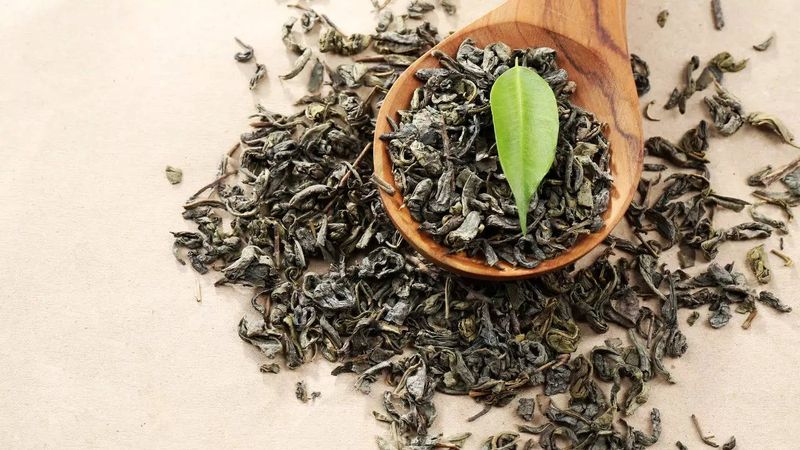
A soothing cup of tea might not always be what it claims to be. Many tea bags contain a mix of plant leaves other than those advertised. For example, green tea might include other leaves or even fillers to bulk it up.
This practice, known as tea adulteration, affects flavor and authenticity. Some teas are also artificially flavored, masking the original leaf’s essence. While these additions aren’t harmful, they compromise the genuine tea experience. Next time you brew a cup, ponder the leaves. Are they truly what the label says?
3. Olive Oil
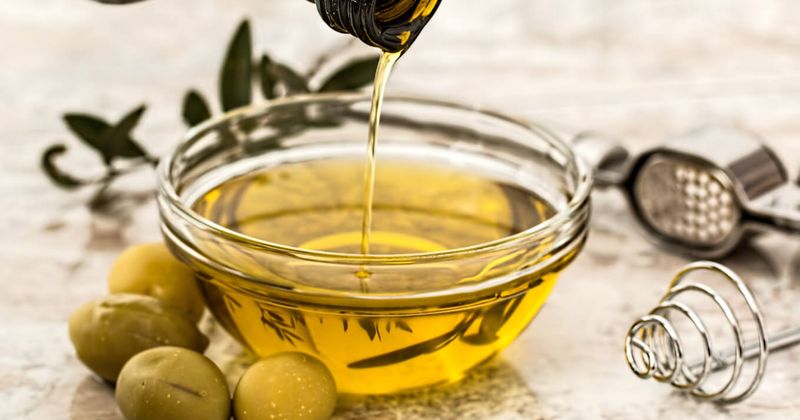
Olive oil, a kitchen staple, is often not as pure as labels suggest. Many bottles are mixed with cheaper oils like sunflower or canola oil. This adulteration is widespread, even in some premium brands.
The olive oil industry’s integrity has been under scrutiny, with some oils not even being from olives! This tampering affects both taste and health benefits. For those seeking genuine olive oil, it pays to be vigilant. Consider checking for certifications or sourcing directly from trusted producers. Is your olive oil truly the liquid gold it claims to be?
4. Black Pepper
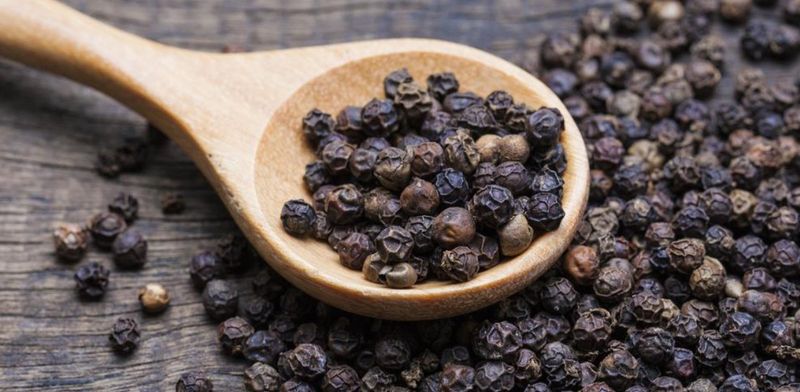
Cracked black pepper might not be entirely pepper. Adulteration in pepper involves bulking it with papaya seeds or even adding artificial materials. This has been a longstanding issue in spice markets worldwide.
The authenticity of black pepper can be compromised by such practices, altering its flavor profile. This substitution not only deceives consumers but also impacts culinary results. When grinding fresh pepper, consider its source. Is it genuine pepper or an imposter in disguise? A spicy revelation that might change your seasoning habits.
5. Balsamic Vinegar
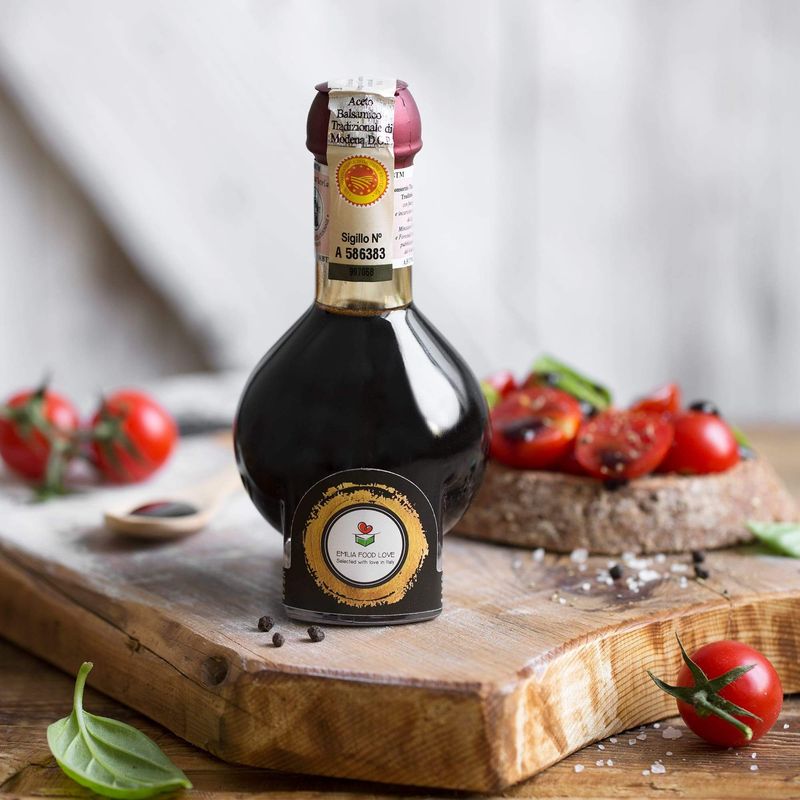
True balsamic vinegar is a luxurious elixir aged for years, but many are mere imitations. Cheaper versions are often made from wine vinegar mixed with coloring and flavoring agents. This creates a product that mimics the real thing superficially.
Authentic balsamic vinegar should come from Modena or Reggio Emilia and carry specific certifications. The imposters might lack the complexity and depth of flavor found in genuine vinegar. Next time you drizzle, question the origin. Is it an aged treasure or a quick concoction? The difference might surprise your taste buds.
6. Milk
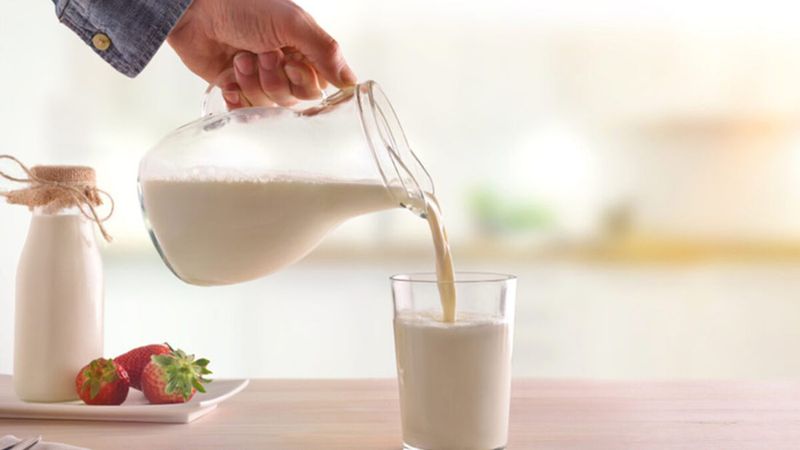
In the dairy aisle, milk might not be as pure as it appears. Adulteration can involve the addition of water, detergents, or even synthetic milk components. This tampering is often used to increase volume and profits.
Such practices affect the nutritional value and safety of milk. The creamy beverage on your cereal might be a diluted version lacking essential nutrients. It’s crucial to trust your source and opt for reputable brands. When pouring a glass, ponder its purity. Is it the wholesome goodness you expect?
7. Honey
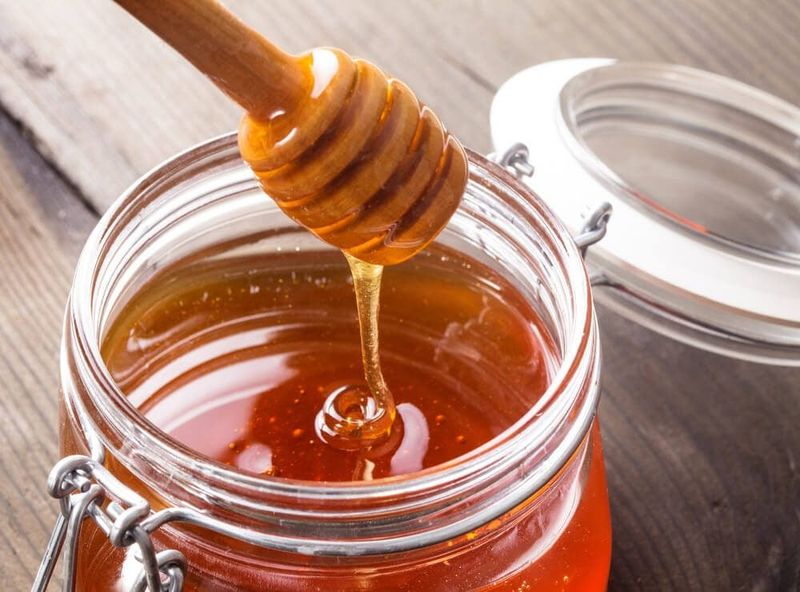
Golden and sweet, yet honey is not immune to trickery. Many jars contain added sugars like corn syrup to increase volume. This practice dilutes the natural purity of honey, affecting its health benefits.
Some honey isn’t even from bees, being entirely synthetic! Checking for authenticity can be challenging, as labels don’t always reflect contents. Look for local beekeepers and certified organic products. Before you drizzle, ask yourself about its origins. Is it the nectar of flowers or a sugary impostor? A sweet deception in every spoonful.
8. Lobster
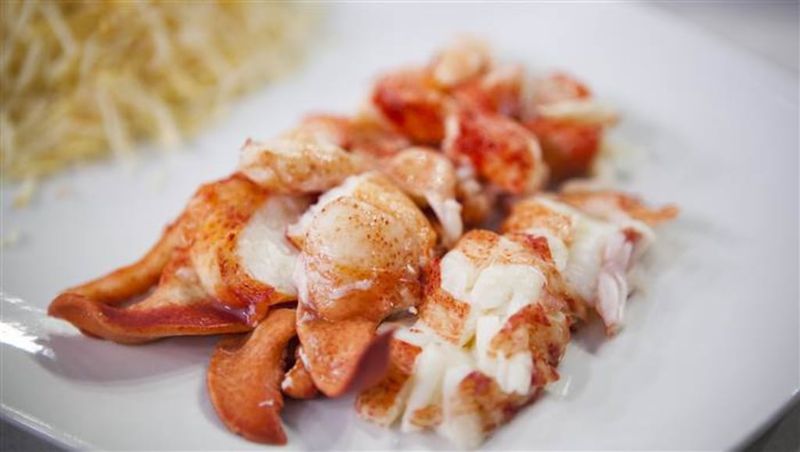
Surf and turf enthusiasts beware—lobster isn’t always the luxurious crustacean advertised. Often, dishes labeled as lobster include imitation meat made from white fish or other fillers. This substitution is a common cost-saving tactic.
The difference in texture and flavor might be subtle but significant. Many consumers are unaware that their lobster bisque might not contain real lobster meat. When dining out or buying pre-packaged seafood, question the authenticity. Is it truly lobster or a cheaper stand-in? A seafood surprise that might shell-shock you.
9. Fruit Juice
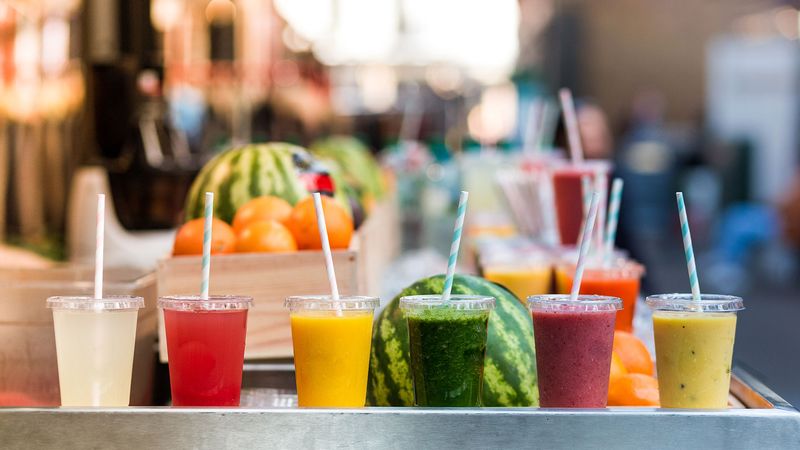
Juicy and refreshing, but not always the real deal. Many fruit juices are diluted with water and sugars, with minimal actual fruit content. Some even contain artificial flavors to mimic fruit taste.
Labels can be misleading, suggesting 100% juice when it’s far from it. The health benefits are compromised, turning what seems healthy into a sugary drink. When quenching your thirst, consider the label closely. Is it real fruit or a flavored facade? The truth might sour your juice experience.
10. Caviar
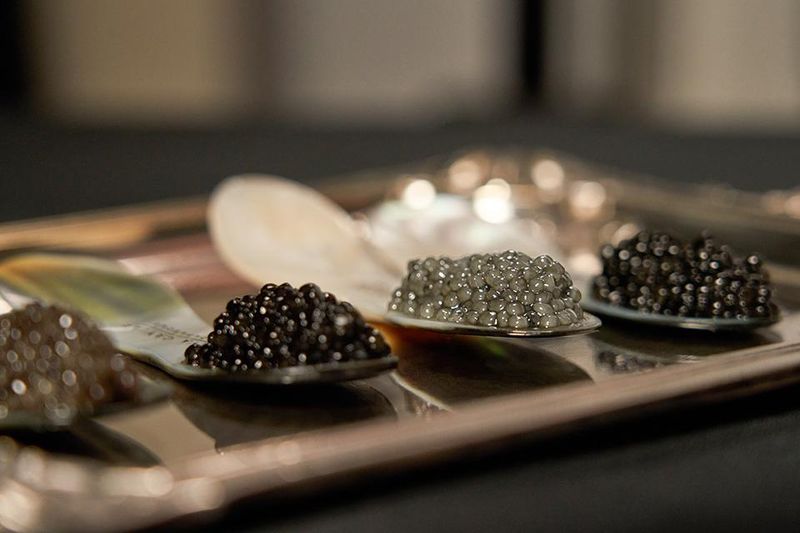
Caviar, the epitome of luxury, may not always be true sturgeon roe. Cheaper fish roe is often labeled as caviar, deceiving gourmet enthusiasts. These imitations lack the nuanced flavors of real caviar.
Authentic caviar comes from specific sturgeon species, carrying high price tags for a reason. The imposters might use flavorings and colorings to mimic the appearance and taste. For those indulging in this delicacy, knowing your source is essential. Is it caviar or just fish eggs in disguise? A lavish illusion on your palate.
11. Saffron
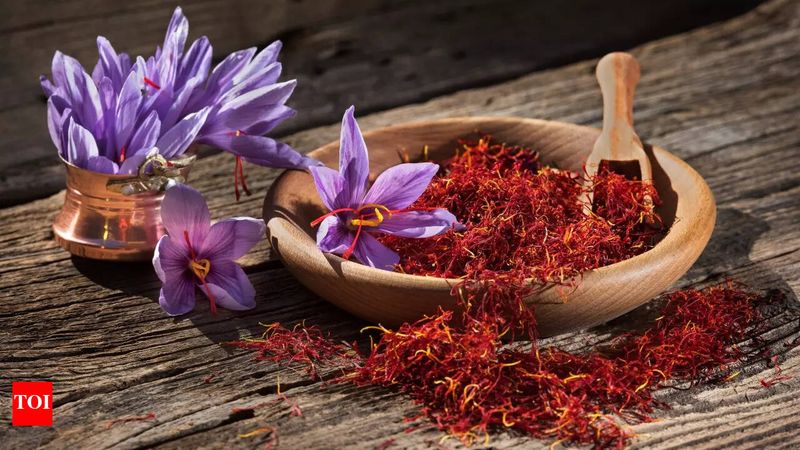
A spice worth more than gold, saffron is often counterfeited. This precious red thread might be mixed with other plant materials or dyed corn silk. Such practices dilute the spice’s unique flavor and aroma.
True saffron has a distinct fragrance and color, hard to replicate but often attempted. For culinary enthusiasts, ensuring quality saffron is crucial to achieving desired results. When seasoning your dish, question its authenticity. Is it saffron or a cleverly disguised imitation? A fragrant conundrum waiting to be solved.
12. Grouper
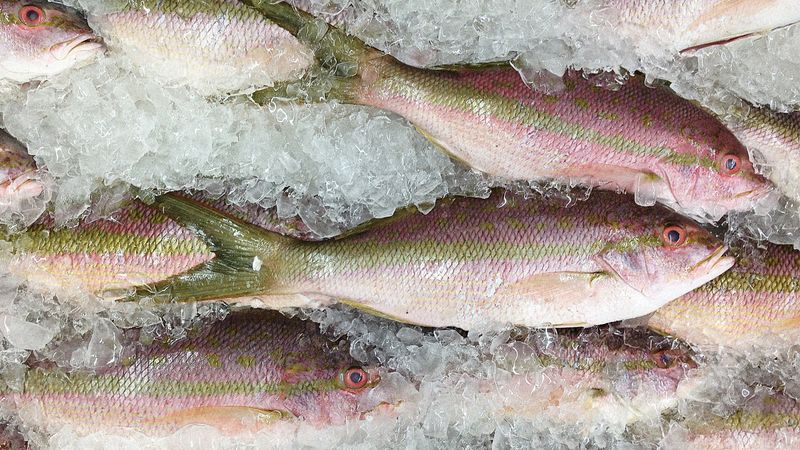
The fish market can be a slippery place. Many times, grouper is replaced with cheaper fish like tilapia or catfish. This mislabeling is prevalent due to grouper’s popularity and price.
The taste and texture differ from true grouper, but consumers might not notice immediately. This seafood sleight of hand deceives many diners and buyers alike. When purchasing or ordering, consider its origin. Is it truly grouper or a bargain substitute? A fishy business that might leave your taste buds questioning.
13. Vanilla
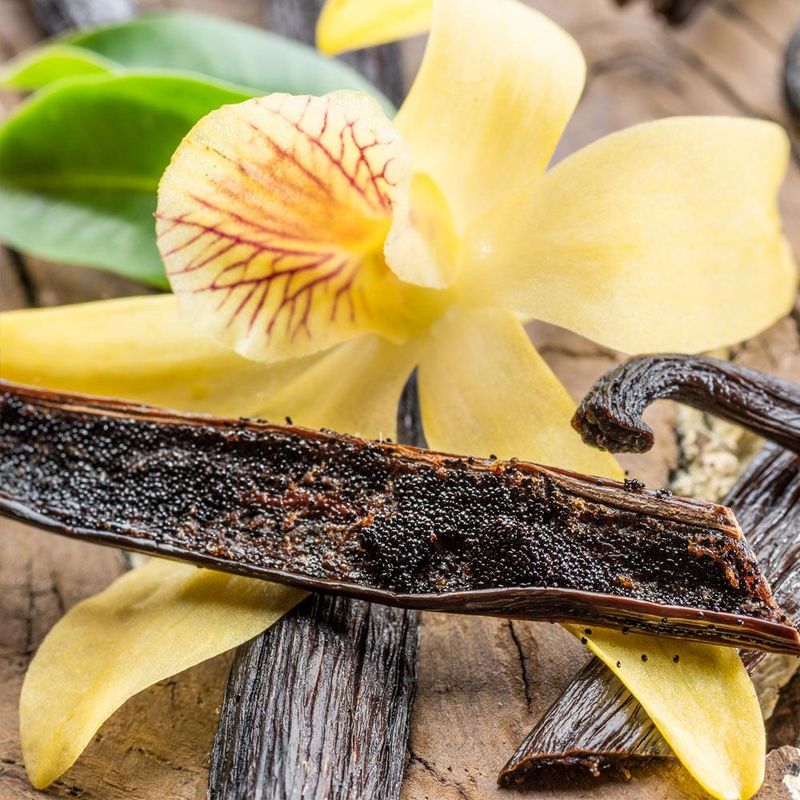
Vanilla, the beloved flavoring, is often an imitation. Most vanilla extracts use synthetic vanillin instead of real vanilla beans. This practice is widespread due to the high cost of authentic vanilla.
While vanillin mimics the aroma, it lacks the depth and richness of true vanilla. Baked goods and desserts might be flavored with this artificial substitute. For purists, seeking genuine vanilla is worth the extra effort. When adding vanilla to your recipe, ponder its origin. Is it an authentic essence or just a sugary scent?
14. Red Snapper
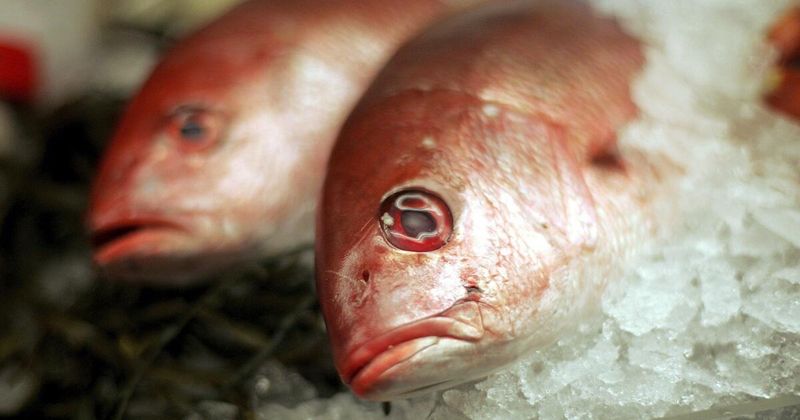
In seafood circles, red snapper is a prized catch, but not always genuine. Many times, this fish is swapped with cheaper species such as rockfish or tilapia. This fraudulent practice is rampant in the industry.
The flavor and texture differ, but many consumers are none the wiser. Restaurants and markets might unknowingly partake in this bait-and-switch. When savoring seafood, question its authenticity. Is it truly red snapper or a cleverly marketed alternative? A slippery truth that might alter your dining experience.
15. Lemon Sole
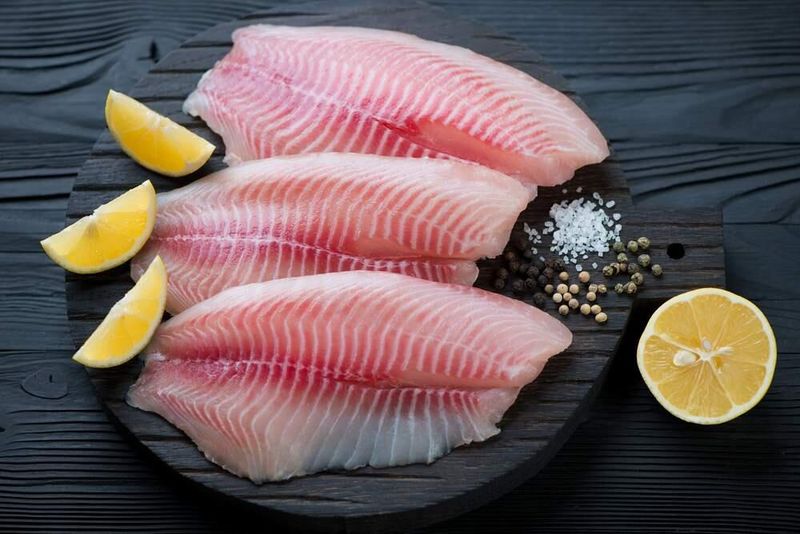
A favorite among fish lovers, lemon sole is often not as advertised. This delicate fish might be replaced with other flatfish varieties. Such substitutions are common, driven by price differences.
The taste and texture might not be drastically different, but the deception lies in the naming. Consumers often pay a premium for mislabeled fish. When selecting lemon sole, consider its authenticity. Is it the delicate catch you desire or a misnamed substitute? A seafood switcheroo that might make you more discerning.
16. Parmesan
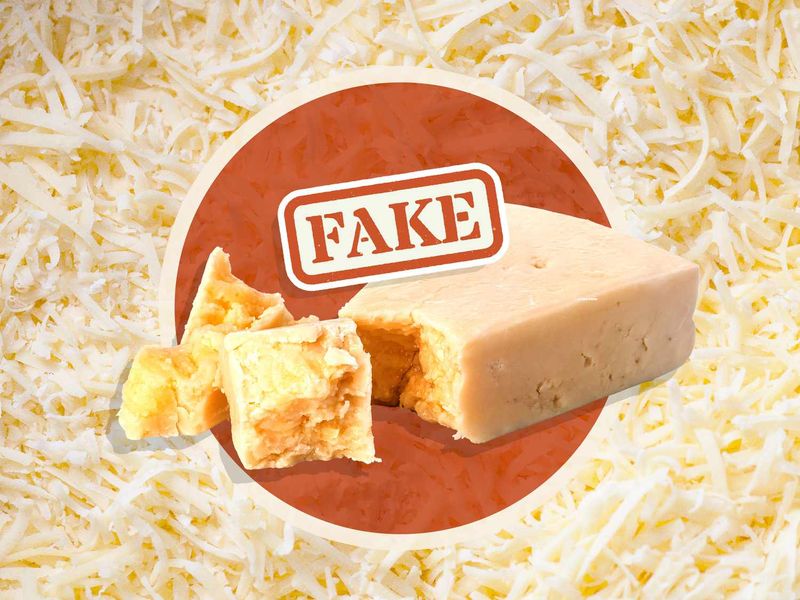
Say cheese, but is it truly Parmesan? Many products labeled as Parmesan contain fillers like wood pulp or lack genuine ingredients. This practice is prevalent even in some grated cheeses.
Authentic Parmesan should be made in specific regions of Italy, carrying a distinct flavor and texture. Imposters might lack the robust taste and granular consistency. For cheese lovers, being aware of such deceits is crucial. When grating over pasta, question its origin. Is it real Parmesan or an imitation? A cheesy imposter that might surprise your palate.
17. Coffee
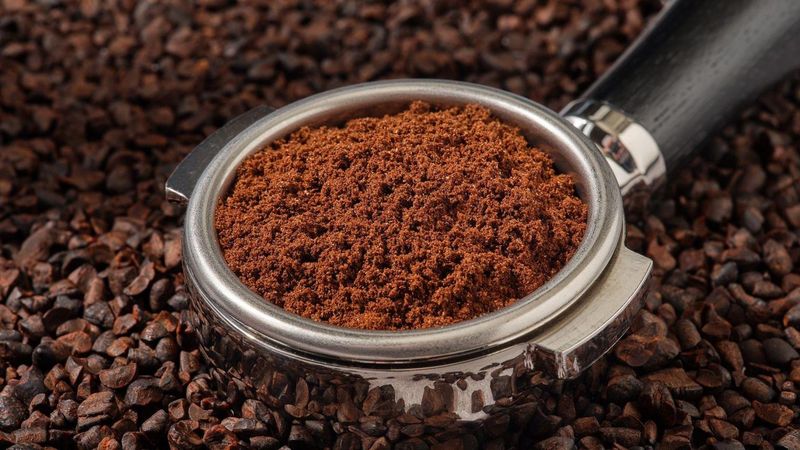
Wake up and smell the coffee, but is it pure? Many ground coffees contain fillers such as twigs or corn to bulk up the product. This deceptive practice is more common than one might think.
The rich aroma of coffee might be compromised by such adulterations. Coffee enthusiasts seek purity for the perfect brew, making this revelation shocking. When brewing your cup, consider its purity. Is it pure coffee or a blend of undesirables? A morning wake-up call that might change your coffee habits.
18. Beef
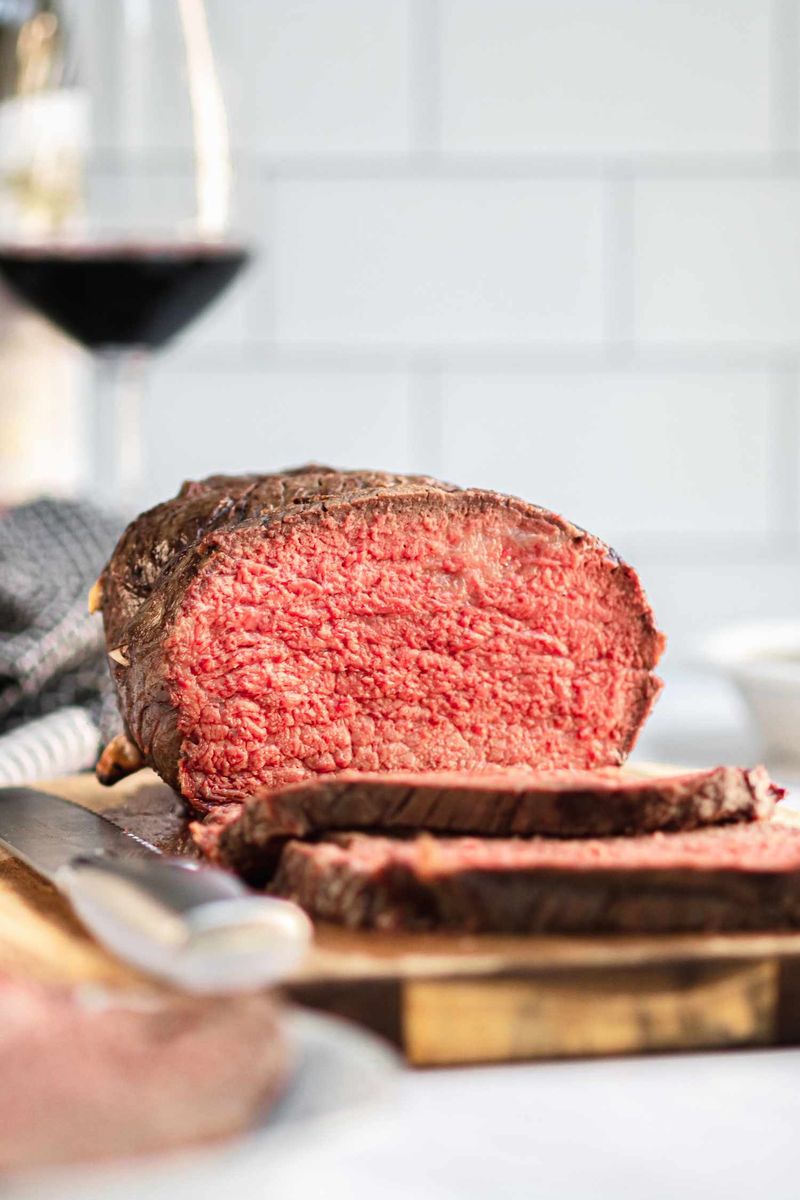
Beef, the cornerstone of many meals, is sometimes not what it seems. Meat products might include fillers or be mixed with other types of meat. This is especially common in ground beef products.
Such practices affect flavor, quality, and authenticity, deceiving consumers at the butcher shop. Knowing the source and quality of your beef is paramount for true meat lovers. When grilling a steak or making a burger, question its contents. Is it pure beef or a meaty mix-up? A culinary conundrum that might make you rethink your mealtime choices.
Leave a comment